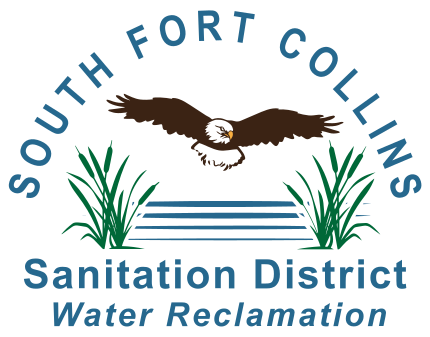Dental Program
Dental amalgam is a mixture of mercury, silver, tin, and copper. Mercury, which makes up about 50 percent of the dental amalgam, is used to bind the metals together to provide a strong, hard, durable filling. However, mercury is a potent neurotoxin that can poison the environment and create a public health concern.
Dental clinics are the main source of mercury discharges to water renewal facilities. The EPA estimates that in the United States, dentists discharge 5.1 tons of mercury and 5.3 tons of other metals found in waste dental amalgam to water renewal facilities. The Dental Amalgam Rule is designed to reduce or even eliminate this pollutant from reaching the water renewal facility where it might enter the environment through sludge or through surface water discharge.
All dental facilities are required to submit a Dental Discharger’s One-Time Compliance Report indicating they are using an approved amalgam separator or equivalent device and best management practices to prevent the discharge of waste amalgam to the sewer system as well as prohibiting the use of oxidizing and acidic cleaning products in their offices. Existing dental offices which began discharging before July 14, 2017, must be in compliance by July 14, 2020, and must submit a One-Time Compliance Report by October 12, 2020. New dental offices, which began discharging after July 14, 2017, must be in compliance immediately and must submit a One-Time Compliance Report within 90 days of opening.
